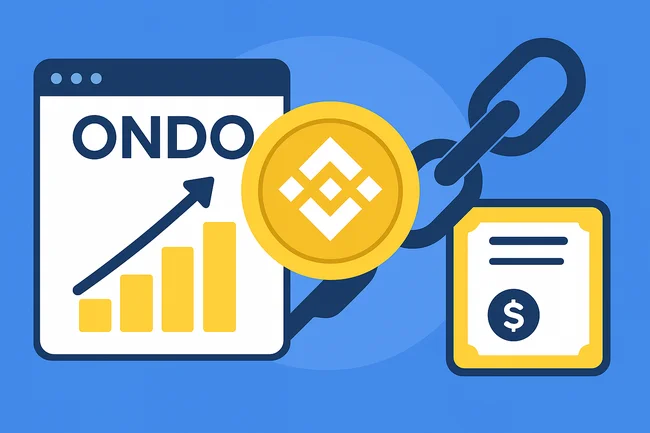A stale block refers to a block that was mined but is not included in the longest chain of blocks within a blockchain. This typically occurs when two miners solve a block at nearly the same time, leading to a temporary split in the chain. Each miner’s version of the block may be accepted by different parts of the network, creating a situation where both blocks seem valid.Eventually, as more blocks are added, one of the competing blocks will be accepted by a majority of the network, while the other becomes stale. Once a block is deemed stale, it is discarded, and any transactions contained within it must be reprocessed and included in future blocks.Stale blocks are an expected occurrence in decentralized networks and highlight the importance of consensus mechanisms. Although they do not pose significant threats, they can affect network efficiency and lead to transaction delays. Understanding stale blocks helps to grasp how blockchains maintain their integrity and manage competing information.

Ondo Global Markets Expands Tokenized Stock Platform to BNB Chain
Ondo Global Markets, a tokenized stock and exchange-traded fund (ETF) platform, has expanded its operations to BNB Chain, one of



